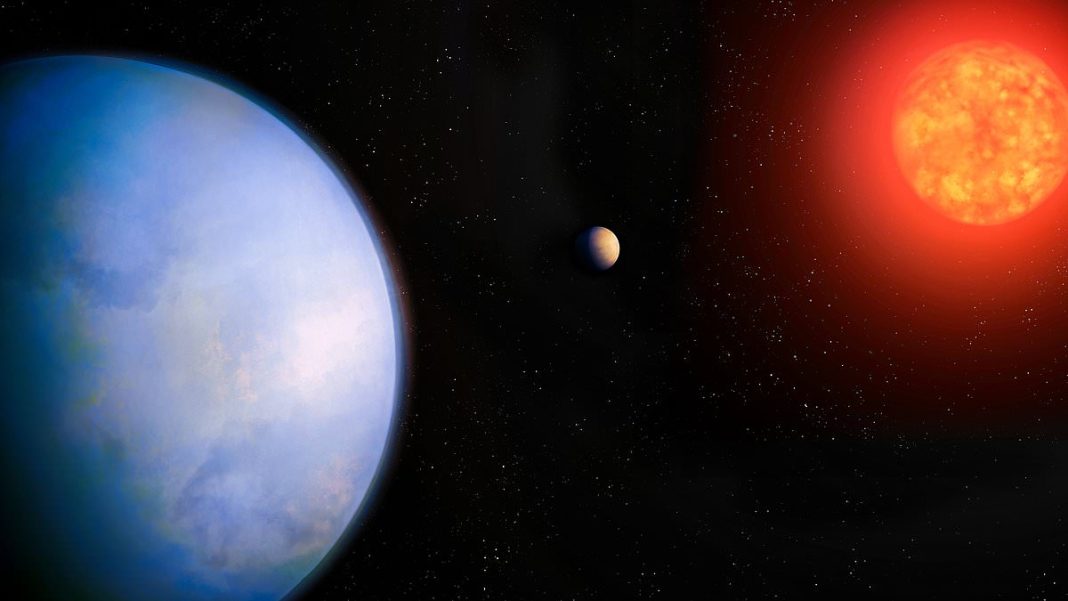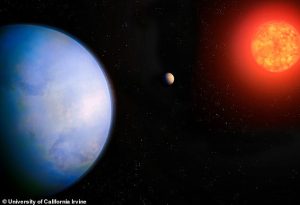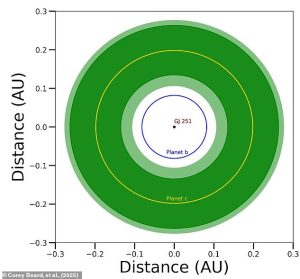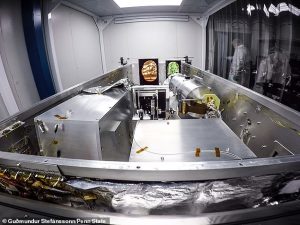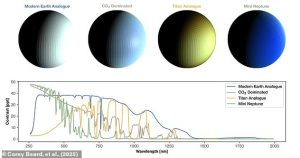Scientists Discover Nearby Super-Earth That Could Host Alien Life
In a breakthrough discovery, astronomers have identified a potentially habitable ‘super-Earth’ located less than 20 light-years from our solar system. The exoplanet GJ 251 c sits perfectly within its star’s habitable zone, making it one of the most promising candidates in the search for extraterrestrial life.
Key Takeaways
- GJ 251 c is a rocky super-Earth at least four times larger than our planet
- Located within 20 light-years in its star’s Goldilocks Zone
- Could support liquid water and potentially alien life
- New telescopes may detect atmospheric biosignatures within 5-10 years
A Prime Candidate for Alien Life
GJ 251 c represents one of the most exciting discoveries in exoplanet research. According to Professor Suvrath Mahedevan of Penn State University, “This discovery represents one of the best candidates in the search for atmospheric signature of life elsewhere in the next five to 10 years.”
How Scientists Found the Hidden World
Researchers detected GJ 251 c using the Habitable-Zone Planet Finder (HPF), an advanced instrument that analyzes starlight for subtle gravitational “wobbles.” These wobbles occur when a planet’s gravity slightly perturbs its host star’s motion.
Professor Mahadevan explains the detection method: “We are often taught in school that planets orbit their host stars, but in reality, planets and stars orbit the common centre of mass of the system. The gravitational tug of the planet is also making the star go around this centre of mass.”
Top Candidates for Extraterrestrial Life
- Mars: Evidence suggests the Red Planet once hosted microbial life
- Enceladus: Saturn’s moon contains complex organic molecules in its deep oceans
- K2-18b: Distant world showing potential biosignatures in its atmosphere
- GJ 251 c: Newly discovered super-Earth in prime habitable location
The Search for Atmospheric Clues
While GJ 251 c is too distant for human visitation, next-generation telescopes will enable direct imaging and atmospheric analysis. The international research team has already created simulations showing what the planet’s atmosphere might look like under different conditions.
Dr. Corey Beard from UC Irvine emphasizes the technological frontier: “We are at the cutting edge of technology and analysis methods with this system. We need the next generation of telescopes to directly image this candidate.”
The proximity of GJ 251 c makes detailed characterization possible with upcoming 30-meter ground-based telescopes. These instruments could detect biosignatures—chemical indicators of life—within the next decade, potentially answering humanity’s oldest question: are we alone in the universe?


